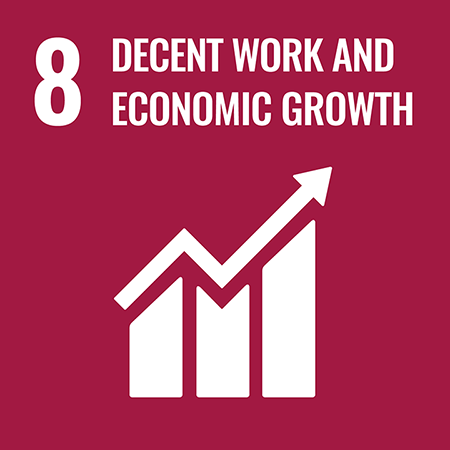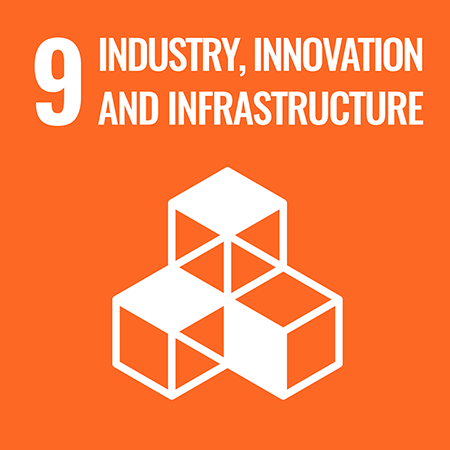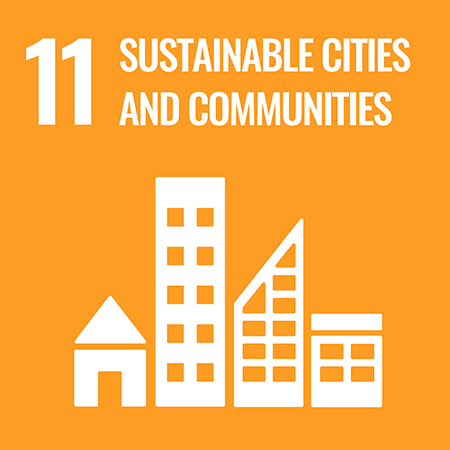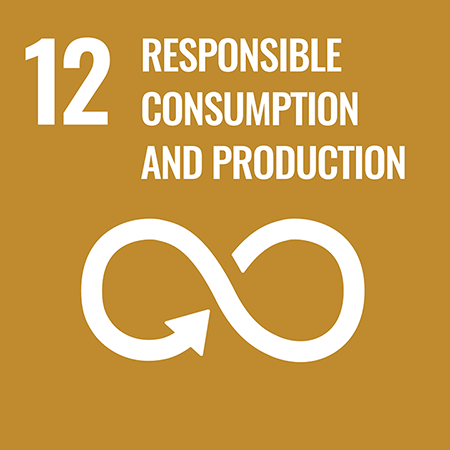Connecting Austria
Abstract
Connecting Austria's focus is on (semi)automated energy efficient truck convoys. What are pre-requisites and accompanying measures to prepare the future of energy efficient and safe (semi)autonomous truck convoys. Connecting Austria researches, develops, demonstrates and evaluates on Use Case #5 "Gut versorgt" as listed in Austrian Ministry of Transport, Innovation and Technology's Strategy (Automatisiert – Vernetzt – Mobil, June 2016). Key objective is evidence-based evaluation of energy-efficient truck convoys as a prerequisite for competitive strength of two Austrian lead industries (logistics and telematic supply) and related research excellence. An Austrian lighthouse project 2018 to 2021 cannot possibly repeat other international project designs in the field. Connecting Austria focusses on specific topics from the perspective of a small transit country with challenging topography and bundles national innovation excellence. What is needed to safely and efficiently set up an energy-efficient convoy, to maintain a convoy, and to go back to a regular transport mode? The national lighthouse project's unique contribution is the specific focus on infrastructure issues and on parameterized traffic perspectives when evaluating energy-efficient semi-autonomous truck convoys. This uniqueness includes convoys at intersections before entering highways and after leaving highways. Connecting Austria links Austrian excellence to other leading European initiatives on energy-efficient truck convoys. The entire itinerary from shipper up onto the highway and into the logistic hub at the periphery of three towns is tested in a stepwise approach, including a heterogeneous set of roads, traffic situations, traffic lights, interaction with pedestrians, interaction with other vehicles as well as interaction with prioritized public transport. This includes real-world mixed-traffic situations, different modes of semi-autonomous vehicles, different power trains (including electric power trains). Four scenarios are studied: Trucks gather on the highway; Truck convoy passes a critical bottleneck; Truck convoy leaves highway; Truck convoy passes a traffic light. Not studied are inner city last mile issues or automation within logistic hubs. Partners in the Austrian Lighthouse Project Connecting Austria are Association High Tech Marketing (consortium spokesperson), Swarco Futurit, Siemens Austria AG, Andata, TRANSDANUBIA, Automotive Cluster Upper Austria, Austrian Transport Safety Board, Technical University Vienna (IMM), University of Natural Resources and Life Sciences, Vienna (Center for Global Change and Sustainability), Logistikum Steyr, Software Competence Centre Hagenberg, IESTA – Institute for advanced Energy Systems & Transport Applications, Virtual Vehicle Competence Centre, Graz.
Publikationen
Project staff
Werner Müller
Dipl.-Ing. Werner Müller
werner.mueller@boku.ac.at
Tel: +43 1 47654-89320
Project Leader
01.01.2018 - 31.12.2020
Maria Höggerl
DI.in Maria Höggerl MSc.
maria.hoeggerl@boku.ac.at
Tel: +43 1 47654-89321
Project Staff
01.01.2018 - 31.12.2020
Lukas Kühnen
Dipl.-Ing. Lukas Kühnen MSc.
lukas.kuehnen@boku.ac.at
Tel: +43 1 47654-89323
Project Staff
01.01.2018 - 31.12.2020
Annette Zeinlinger
Dipl.-Ing. Annette Zeinlinger
annette.zeinlinger@boku.ac.at
Tel: +43 1 47654-89322
Project Staff
01.01.2018 - 31.12.2020
BOKU partners
External partners

Austrian Road Safety Board, Inst. of Traffic Engineering and Accident Statistics
none
partner

Vereinigung High Tech Marketing
none
partner

Automation and Control Institute
none
partner



